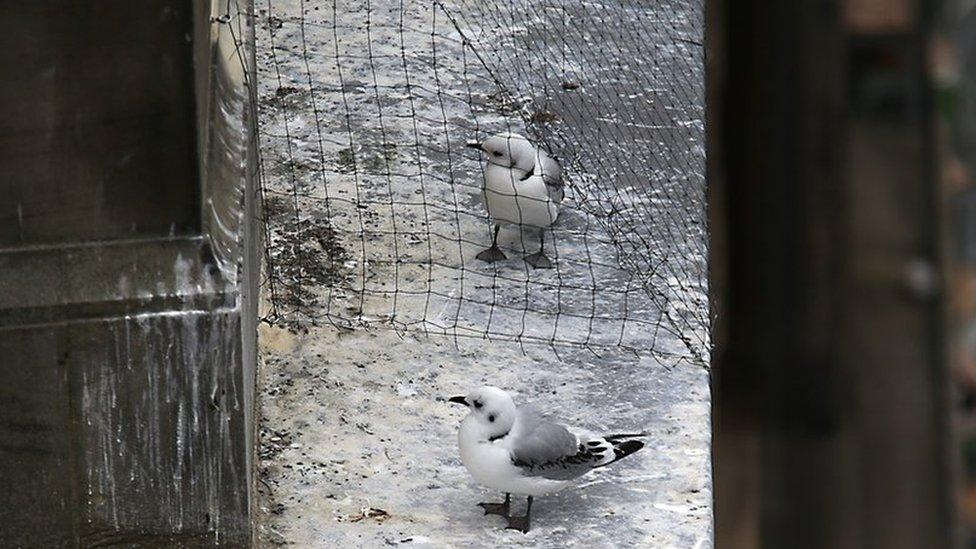Tyne Bridge revamp poses risk to kittiwake colony, group warns
- Published
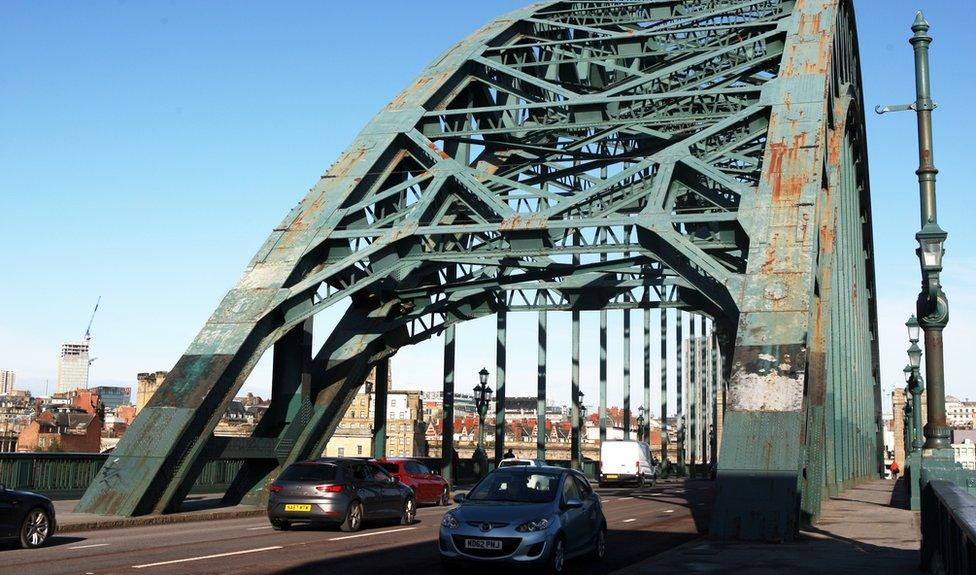
The Tyne Bridge is set for a major facelift if funding is secured
The restoration of the Tyne Bridge will pose the "biggest ever" risk to the landmark's famous kittiwake colony, a conservation group has warned.
There are hopes the aging crossing will be restored to its full former glory if £40m government funding is approved.
Calls have now been made to help protect the hundreds of sea birds that nest on the bridge.
Newcastle City Council said it would aim to protect the colony "as far as we can".
The River Tyne is home to the world's furthest inland breeding colony of kittiwakes, and more than 1,000 pairs nest on the bridge and its towers.
Volunteer group Kittiwakes upon the Tyne wants an artificial nesting site to be built to house the birds that become displaced by the restoration works, which will take at least two years to complete.
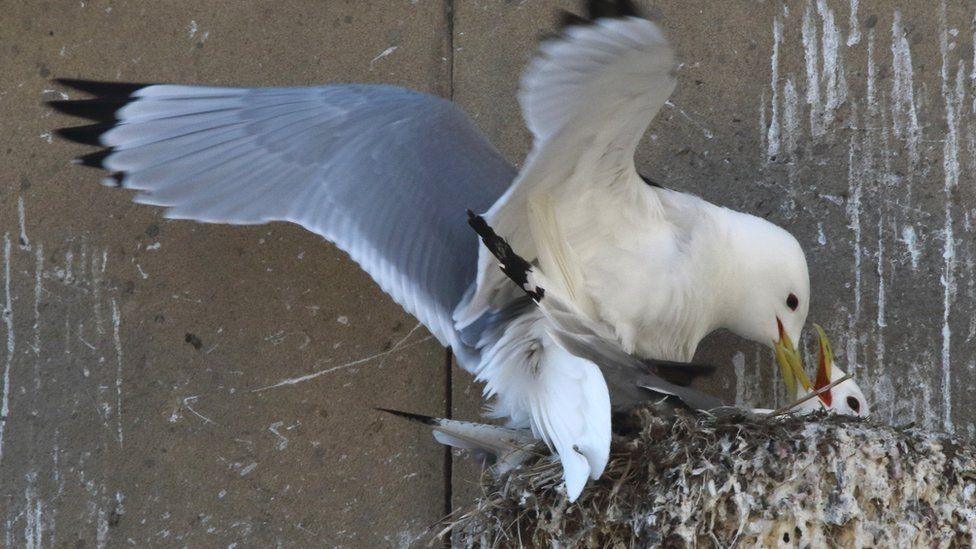
There are more than 1,000 kittiwake pairs nesting on the Tyne Bridge
Paul Buskin, who founded the volunteer group, said: "There has to be some new structure for them, some kind of new accommodation built. There is going to be huge disturbance, it is inevitable."
Mr Buskin believes Tyneside's renowned kittiwake flock will become "even more critical" for the species amid extreme weather events affecting more exposed coastal populations.
A council spokesman told the Local Democracy Reporting Service discussions had been held with local wildlife organisations.
"Works in the areas they nest would be planned to take place around the breeding season and we would not be looking at netting those areas," he added.
"As part of the longer-term maintenance, we are looking at what measures we can put in place to prevent birds from getting into the towers and walkways to minimise the mess that is created by birds on the bridge.
"It causes damage to the steelwork on the bridge itself and is also unhygienic and costly to clean up from footpaths and premises below."

Follow BBC North East & Cumbria on Twitter, external, Facebook, external and Instagram, external. Send your story ideas to northeastandcumbria@bbc.co.uk, external.
Related topics
- Published4 May 2022
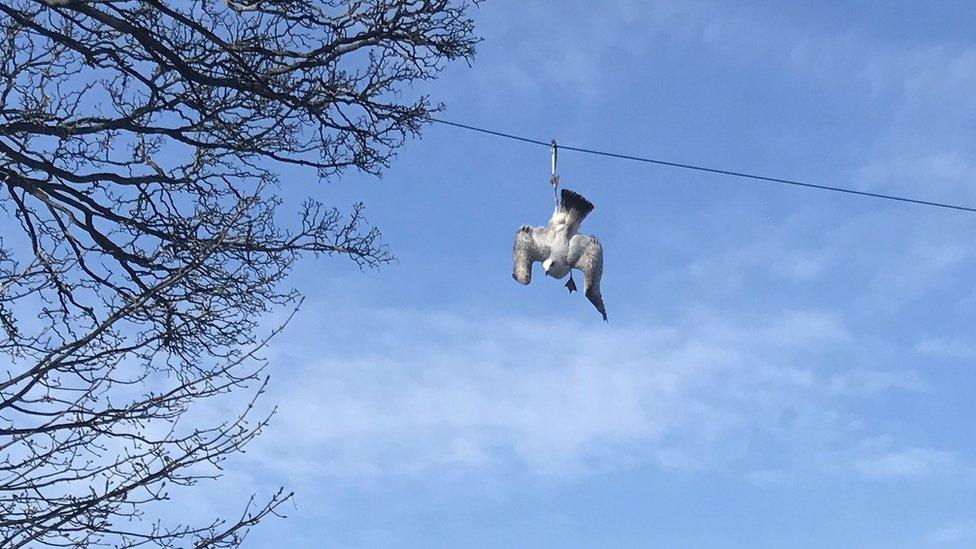
- Published7 March 2021
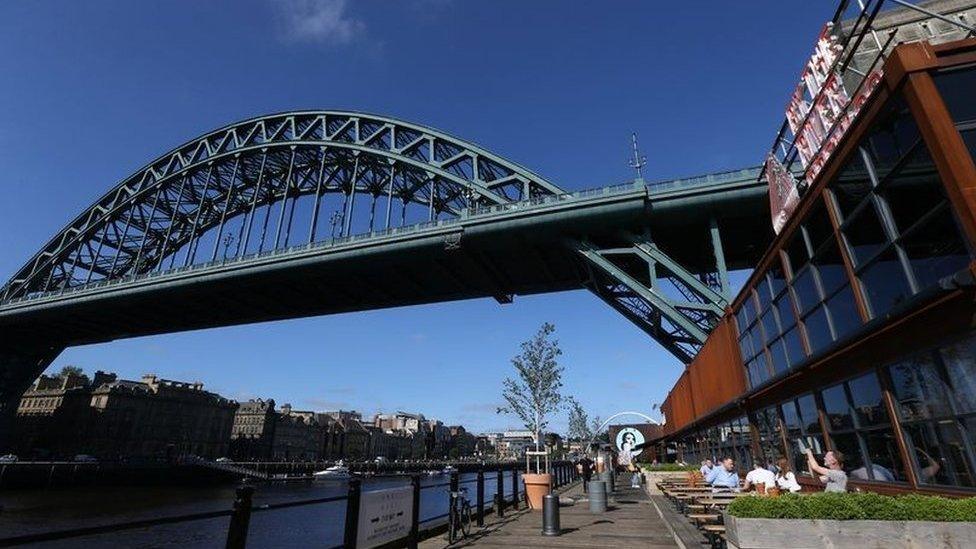
- Published27 April 2020
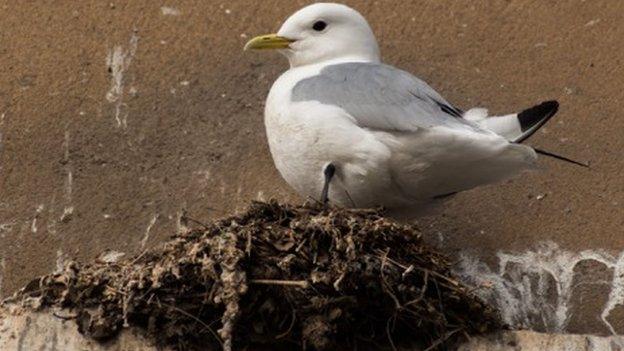
- Published2 August 2018
